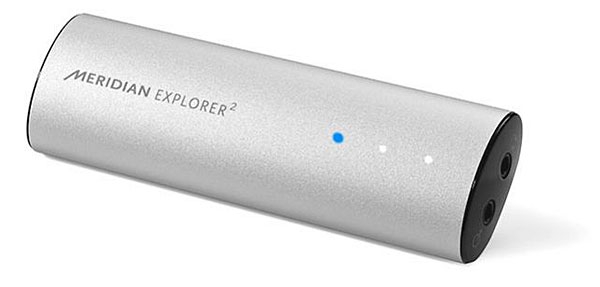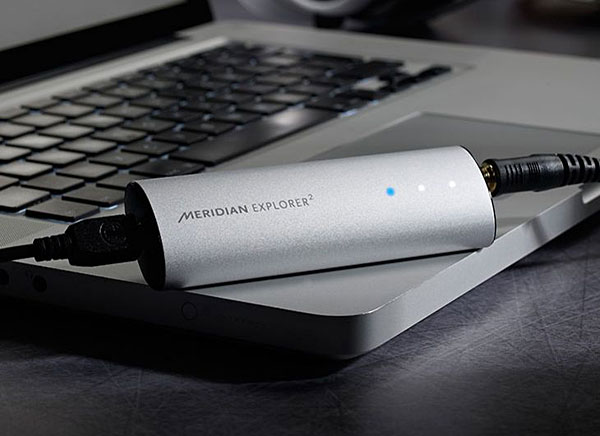| Columns Retired Columns & Blogs |
Dear Jim,
Thank you indeed for this good review of the Meridian Explorer². I was looking forward to read little more about your MQA listening impressions.
Around 3:00 on 2L's 'magnificat 4 et misericordia' the highlight of the track starts with the Nidarosdomens jentekor & TrondheimSolistene to then move on to merge with the voice of the simply beautiful soprano, Lise Granden Berg, (3:34) to be joined by the organic sound of the Magne H. Draagen's organ (3:54).
The entire track is just a pure joy, bringing tears, through the current prototype of the Hi-Reality system and I intend to seek Morten Lindberg's permission and support to demo a purist audiovisual version of this magnificat at the launch event. This is one of my dreams for this project.
Skål, Babak
Hi-Reality Project
www.hi-reality.org









































